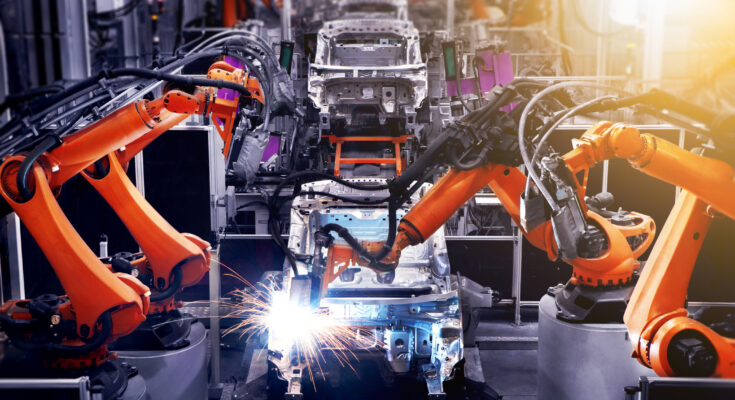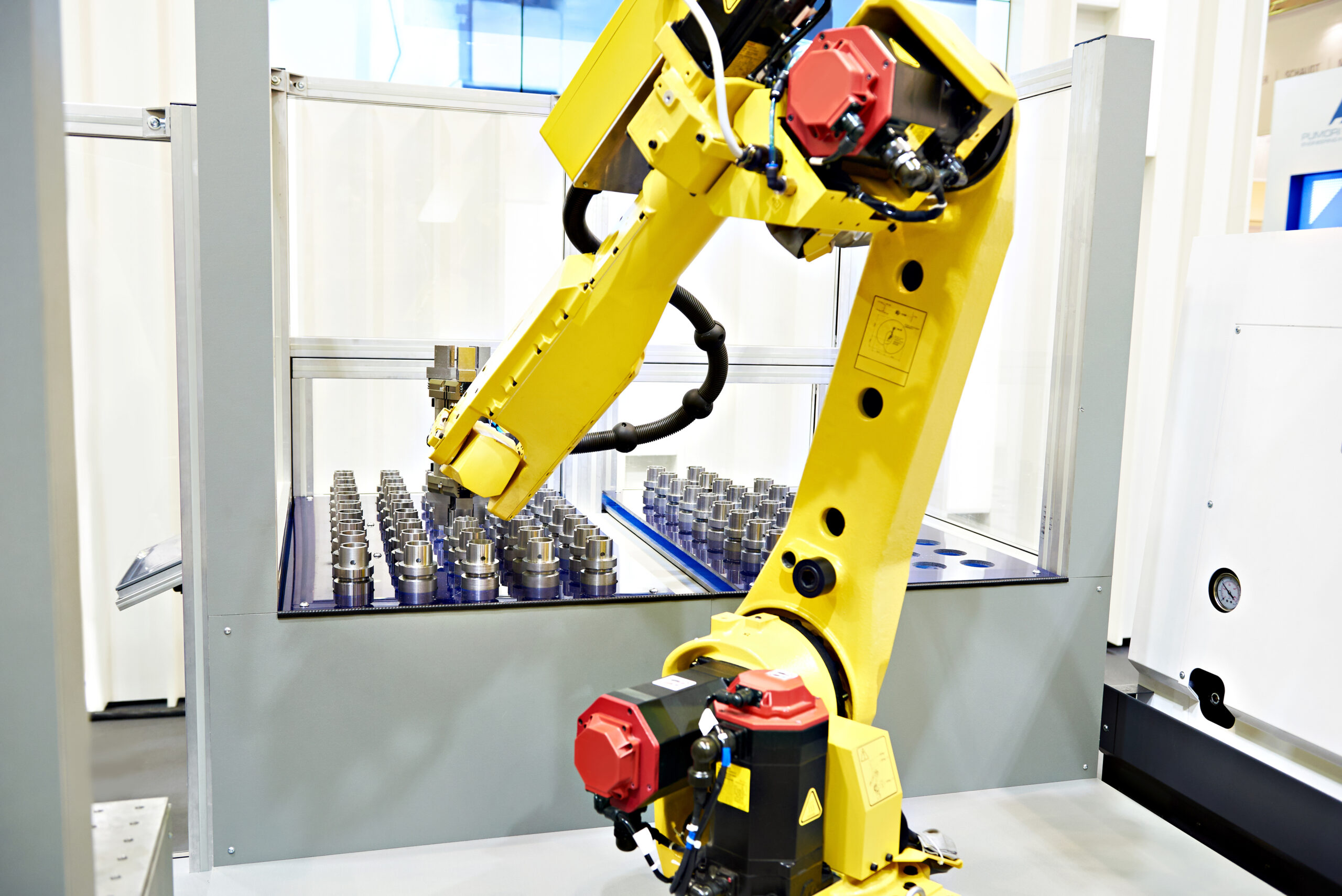Industrial robots have become more and more popular in manufacturing settings over the years.
You can now apply a robot to a vast range of different applications, helping improve the efficiency, consistency, and productivity of your entire manufacturing and logistics process. It’s important that you are familiar with this range of applications so you can get the most from robot automation.
In this article, we explore 17 of the most common industrial robot applications that manufacturers are using to stay ahead.
Listed in alphabetical order, these robot applications are:
1. Assembly
Assembly involves combining parts to create a whole completed product. It can be difficult to keep assembling products by hand as your orders grow and assembly operations require more precision.
In many cases, robots are the perfect solution for assembly tasks. They are more accurate and consistent than even the most skilled human worker.
2. Cutting
Cutting involves splitting a part or piece of material with one of a variety of cutting tools (e.g. a saw, a laser, or high-pressure water).
Many manufacturers use robots to either assist in cutting operations or complete the entire task autonomously. They improve both the efficiency and the consistency of the cutting compared to manual cutting.
3. Drawing
Drawing and engraving are often used at the final stage of manufacturing. They are a great way to incorporate personalization into your products.
Compared to manual drawing, robots can create a far more consistent pattern. They can even produce images at a scale that look like they have been created by hand.
4. Drilling
Drilling is the process of creating holes in materials using a drill bit. For example, for inserting screws or other fasteners, or creating passages for wiring.
Drilling can be a strenuous and time-consuming task when done by hand. It can be hard to keep the drill bit straight and easy to unintentionally damage the material. Robotic drilling is more precise than manual drilling and can often be much faster.
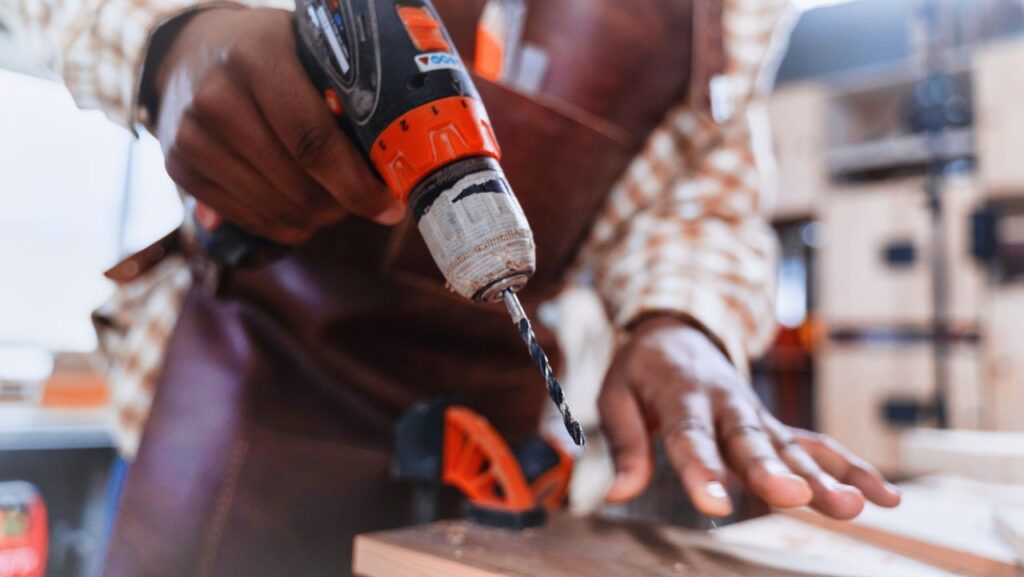
5. Gluing
Gluing involves sticking together parts of your product with glue or another adhesive. It can be done by hand or with the help of automated machinery.
In fact, benefits of robotic gluing include less wastage in adhesives, more consistent gluing, and less human exposure to harmful solvents.
6. Inspection
Inspection involves checking products at the end of the manufacturing process. This ensures there are no defects and that the product meets your quality standards.
Robot inspection is the perfect solution to remove “the inspection bottleneck” — a common situation where completed products are held up from leaving your facility because of the inspection process.
7. Machine Tending
Machine tending involves loading, unloading, and operating a CNC machine. This is often done by hand, but it is a time-consuming task that is not the best use of your workers’ valuable time.
Instead you can easily program a robot to tend a CNC machine, allowing your workers to move to more value-added tasks.
8. Machining
Machining refers to any process where materials are cut to size or shaped using a machine. It is a core task for many manufacturers.
In general, robotic machining offers various benefits over conventional CNC machining, including better flexibility and a larger workspace.
9. Milling
Milling is a specific machining process using rotary cutters to remove material from a workpiece. In either the horizontal or vertical directions.
However, a significant advantage of robotic milling over more conventional methods is that you can create very complex shapes with high precision. In other words, a robot can move the milling tool in almost any direction and orientation.
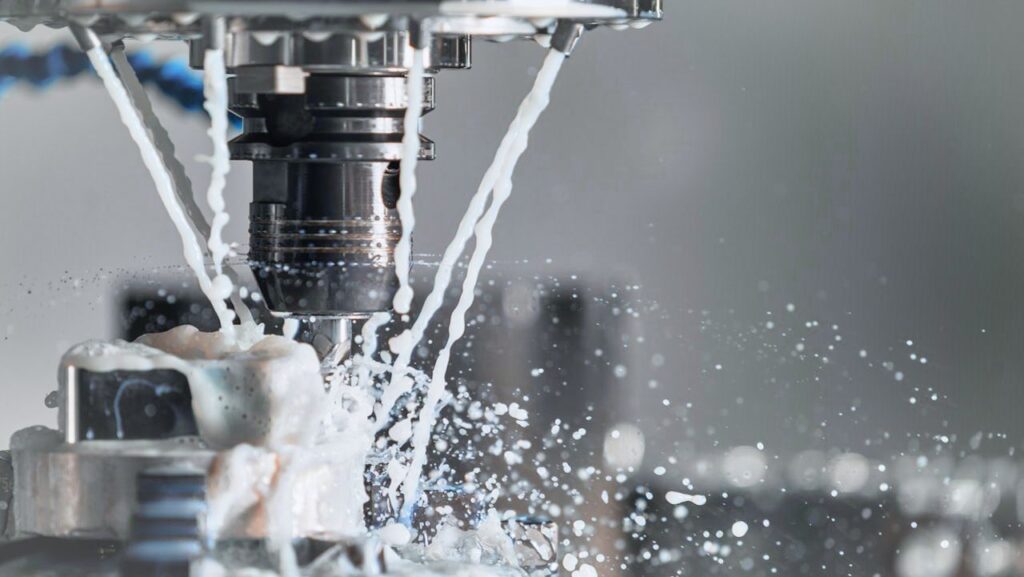
10. Palletizing
Palletization is the process of arranging products or other items onto a pallet for shipping, transportation, or storage. Manual palletizing takes a lot of time and effort, with significant physical dangers to workers as they perform repetitive movements.
Robotic palletizing is an increasingly popular task in manufacturing environments. Moreover, with the RoboDK Palletizing Plugin, you can program the task quickly and easily.
11. Picking and Placing
Picking and placing is a very common task in any manufacturing environment. It simply involves moving items around, such as in packing tasks.
Robotic pick and place is often more effective than the equivalent manual process. Robots move more quickly and accurately than humans. The repetitive nature of the task is ideal for automation.
12. 3D Printing
There are several ways to manufacture 3D printed parts, but most methods produce a 3-dimensional product layer by layer. An advantage of any 3D printing process is that you can create complex shapes that would be impossible with other manufacturing methods.
Robotic 3D printing offers even more benefits as robots are more flexible and have much bigger workspaces than conventional 3D printers.
13. Product Testing
Product testing is an important step in the manufacturing process. Like inspection, it helps to ensure that all products meet your company’s quality standards before you release them to customers.
Robots can greatly speed up the product testing process. They can also help reduce the mistakes that can occur in manual product testing.
14. Screwing
Screwing is the process of attaching two pieces of material together using a screw or other threaded fastener. In many manufacturing environments, this process is semi-automated as operators use a screw gun or nut runner.
Robotic screwing offers even more automation by giving the entire screwing process over to a robot. This is a very flexible approach to screwdriving.
15. Sorting
Workers typically perform the task of sorting products or other items. For example, they may separate items by type, size, order number, or some other quality. This is a time-consuming and tedious process.
Therefore, robots can be a great way to relieve some of this pressure from human workers. Even with simple sensors, you can program a robot for a variety of sorting tasks.
16. Surface Finishing
Surface finishing refers to a collection of processes for smoothing, polishing, or otherwise preparing the surface of your products. This is usually done for aesthetic reasons, to improve the material’s durability. Moreover, it can be used to prepare it for further processing.
In short, robotic surface finishing can improve the consistency of the process as well as increase efficiency.
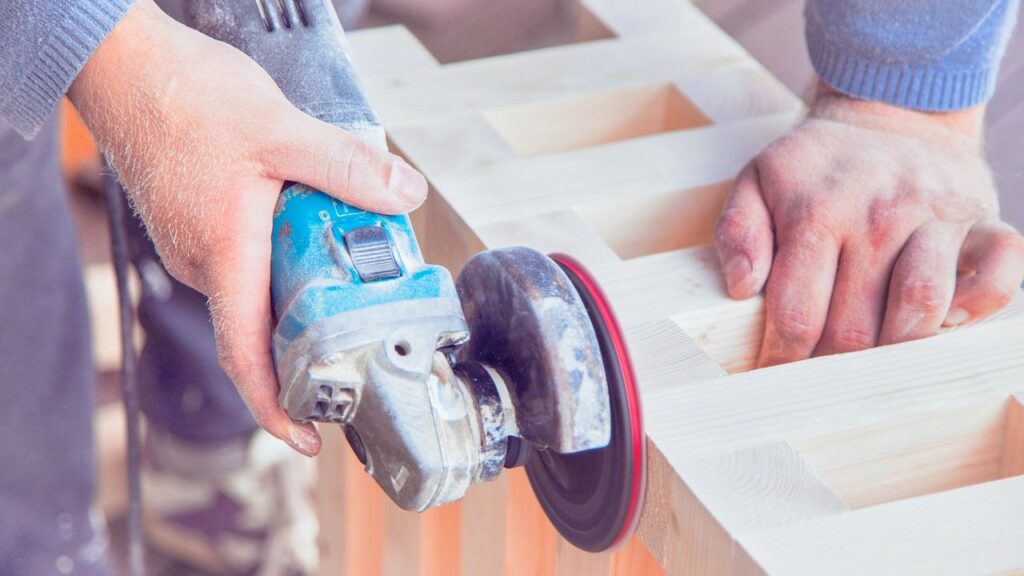
17. Welding
Finally, welding involves joining two pieces of material using one of several welding methods. This including arc welding, resistance welding, or gas welding.
Robotic welding is a tried and tested way to reduce the time welding operators spend on routine welding tasks. Many manufacturers are experiencing a shortage of skilled welders. Adding a robot is extremely valuable to many companies.
As you can see, there are many robot applications you could choose.
And it’s easy to program all of them with RoboDK!
Which application will you choose?
Which robot application did we not include on this list that you would have liked to see? Tell us in the comments below or join the discussion on LinkedIn, Twitter, Facebook, Instagram, or in the RoboDK Forum.. Also, check out our extensive video collection and subscribe to the RoboDK YouTube Channel

